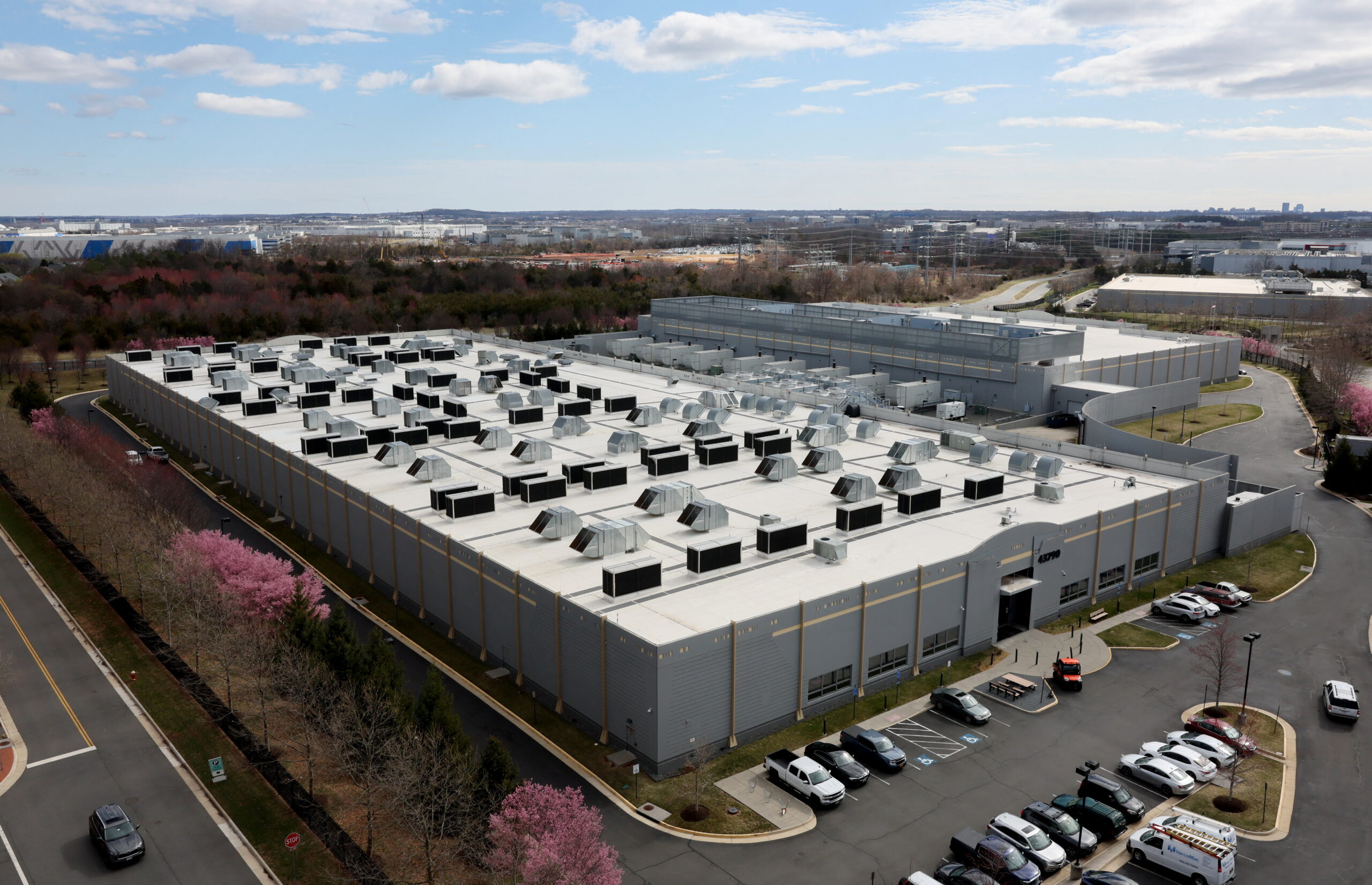AI Investment Surge Raises Bubble Concerns Amid Growth
AI investment surge raises bubble concerns amid growth, drawing comparisons to past economic bubbles but with potential for long-term innovation.

AI: The Bubble to Burst Them All?
Artificial Intelligence (AI) is currently at the center of an unprecedented surge in investment, hype, and technological promise that some experts and market watchers are calling the biggest bubble in modern history. Drawing comparisons to the dot-com boom of the early 2000s and even the 17th-century tulip mania, the AI bubble embodies a combination of sky-high valuations, speculative fervor, and massive capital deployment into both software and hardware capabilities. However, unlike many historical bubbles that ended in ruin, AI’s potential to transform industries means the current boom could also be laying the groundwork for profound long-term innovation and economic growth.
The Scale of the AI Surge
Over the past few years, the market value of leading AI-related companies has ballooned dramatically. For instance, three major tech firms have collectively added around $5 trillion in market capitalization, largely driven by their leadership in AI development and deployment[1]. The frenzy is not only in software startups but also in physical infrastructure: colossal investments are pouring into data centers, semiconductor manufacturing, and specialized AI chips. Nvidia, a key player producing GPUs essential for AI model training, has amassed a cash reserve so large it dwarfs many national stock exchanges[1].
This level of financial commitment is unprecedented. In the dot-com era, the bubble was largely about inflated stock prices detached from actual revenue or profits. Today’s AI bubble extends into tangible assets and R&D, raising questions about how much of this investment is speculative versus genuinely productive.
What Does the AI Bubble Mean?
The term "AI bubble" has become a hot topic among economists, investors, and policymakers. While it signals caution about overheated valuations and excessive hype, it also reflects excitement about transformative technological progress. The World Economic Forum recently highlighted how this bubble could spark new economic growth, innovation, and productivity breakthroughs but warned that the scale and speed of investment are creating uncertainty and risks[1].
Critics argue that some AI deals and valuations are circular or inflated, with companies overvaluing each other’s AI capabilities in a self-reinforcing cycle. This dynamic has led some to question whether the AI sector could face a sudden "burst," similar to past bubbles, which would cause significant market turbulence.
The Role of Energy and Infrastructure
A unique aspect of the AI bubble is the enormous energy consumption required to train and run large AI models. Some industry voices have even speculated humorously that future AI data centers might need to be located off-planet, such as on the moon, to meet energy demands[1]. This highlights how AI’s infrastructure needs differ from past tech booms, emphasizing sustainability and resource challenges alongside innovation.
Investor Strategies Amid Bubble Concerns
For investors wary of the AI bubble but unwilling to miss out on AI’s growth potential, strategies are evolving. Some financial advisors suggest focusing on companies with solid fundamentals and diversified AI applications rather than speculative startups. Others recommend a balanced approach that includes AI-adjacent sectors such as semiconductor manufacturing or cloud infrastructure providers.
Industry and Economic Implications
Despite the risks, many experts believe the AI bubble, even if it bursts partially, will leave behind substantial technological and economic value. Unlike purely speculative bubbles, AI investments are funding real breakthroughs in automation, natural language processing, computer vision, and more. These advances could transform healthcare, finance, manufacturing, and other sectors, driving productivity gains and new business models.
Moreover, the AI boom is prompting a rethinking of global technology leadership, with countries and corporations vying to secure AI talent, infrastructure, and intellectual property. The scale of investment and the speed of innovation are reshaping economic power dynamics in ways not seen since the rise of the internet.
Visuals to Illustrate the AI Bubble
- Nvidia’s AI chip manufacturing facilities illustrating the hardware backbone of the AI surge.
- Stock market graphs showing the rapid rise and volatility of AI-related company valuations.
- Data center images highlighting the massive infrastructure supporting AI.
- Infographics comparing AI investment to dot-com and tulip mania eras to contextualize the bubble analogy.
- Portraits of key AI industry leaders who are driving or influencing the current AI boom.
The AI bubble represents both a cautionary tale and an unprecedented opportunity. Its scale is unlike anything in recent memory, blending speculative risk with genuine transformative potential. How this bubble unfolds will shape the technology landscape and global economy for decades to come.
References:
[1] World Economic Forum, "What we mean when we talk about an artificial intelligence 'bubble'," October 2025
The Wall Street Journal, "Is the Flurry of Circular AI Deals a Win-Win—or Sign of a Bubble?" 2025
Barron's, "Stock Market Bubble: What to Do If You’re Afraid of an AI Bubble But Want to Stay Invested," 2025



